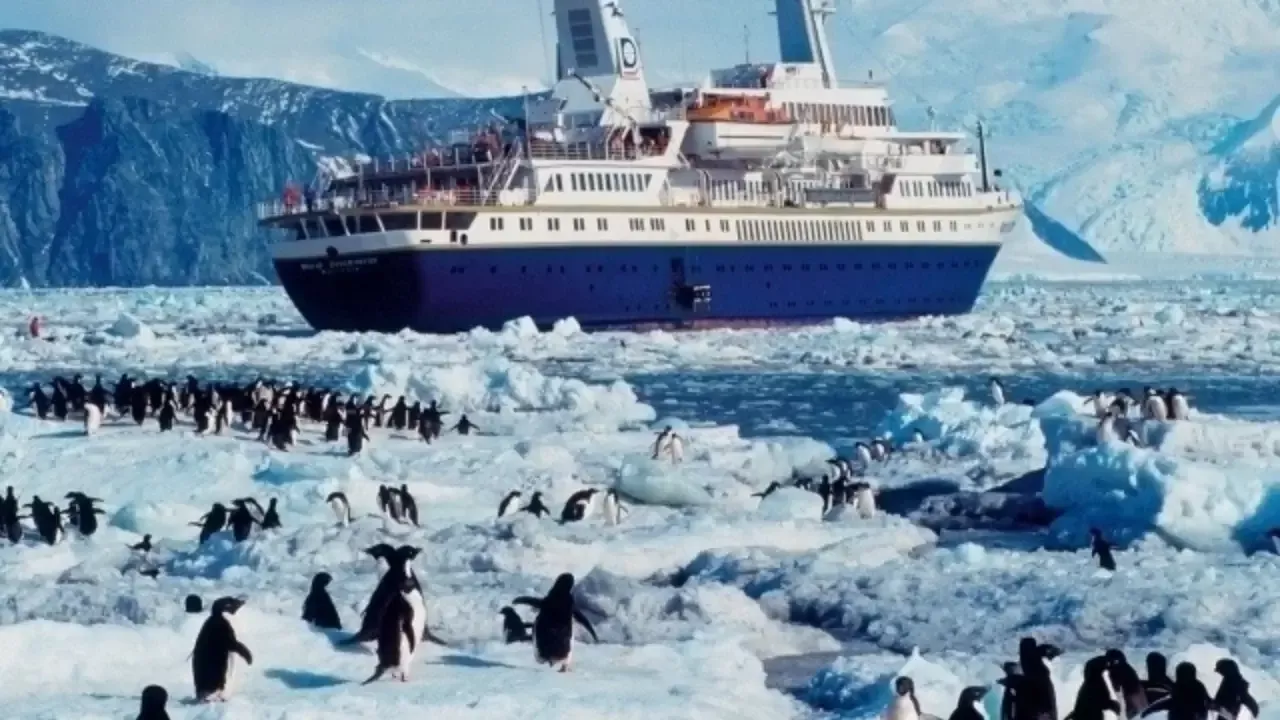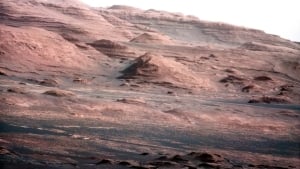
Warnings about the accelerating melting of glaciers in Antarctica are becoming increasingly serious. This was reported by Zamin.uz.
In recent years, it has been found that not only global warming but also human activity poses a significant threat to the ecosystem of the southern continent. According to "Euronews," based on data from the International Association of Antarctica Tour Operators (IAATO), fewer than 8,000 tourists visited in the 1990s, while last year this figure exceeded 124,000.
Experts predict that by 2034, the number of tourists could reach 450,000, which would place great pressure on the natural environment. A study published in the journal "Nature Sustainability" states that the development of tourism and the expansion of scientific research centers are leading to pollution in Antarctica.
This accelerates snow melting and threatens fragile ecosystems. Research conducted by scientists from Chile, Germany, and the Netherlands found that in areas with human activity, the levels of toxic metals such as nickel, copper, and lead are ten times higher than they were 40 years ago.
In one season, 55 tour operators organized approximately 570 travel expeditions. Two-thirds of the passengers traveled on small vessels.
Although IAATO recommends restricting tourists from landing on the shore and adhering to biosecurity rules, tourism causes stress and changes to the natural environment. Previous studies show that an average tourist trip emits 5.44 tons of carbon dioxide into the atmosphere per passenger.
Researcher Raul Cordero emphasized that the presence of pollutant particles in frequently visited areas causes snow to melt faster. Even a single tourist can accelerate the melting of nearly 100 tons of snow.
The Antarctic Treaty strictly prohibits the use of heavy fuel oil and other pollutants to prevent these problems. Therefore, many tourism companies are introducing hybrid electric ships to reduce carbon emissions.
However, scientists do not consider these measures sufficient. They believe that the main solution to the problem can only be found by using renewable energy sources and reducing the use of fossil fuels.
The Antarctic ecosystem already requires protection and monitoring; otherwise, the impact of global warming and human activity will seriously threaten its stability.







